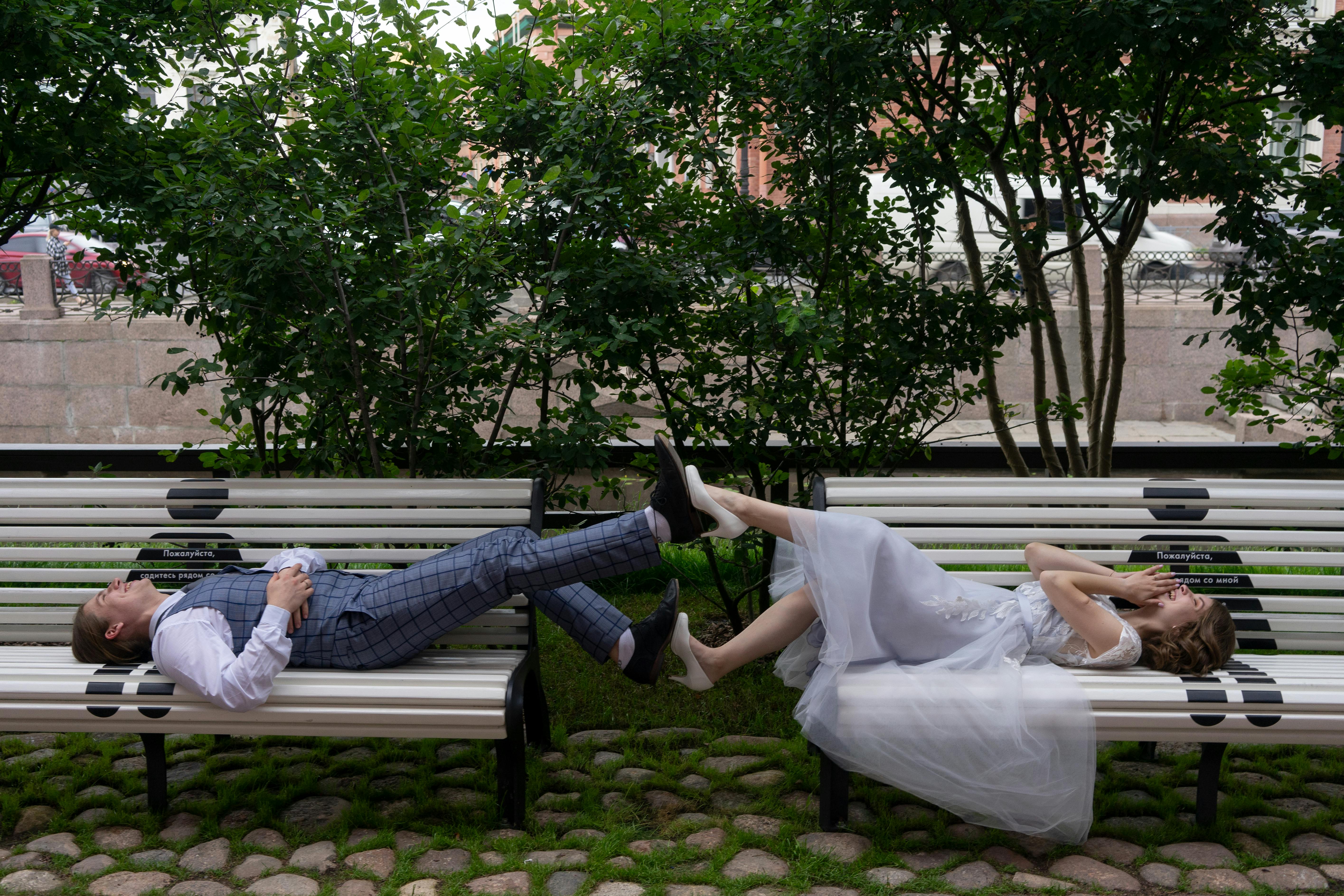Many people who suffer from spondylolisthesis or spondylolysis complain of pain after sitting for a long period of time. The pain may continue while sitting in a comfortable recliner, an ergonomic task chair, a sturdy kitchen chair, or even after sleeping (especially when lying on your side with your knees drawn up to your chest). To help you feel more comfortable, you need to understand how sitting can lead to unnecessary problems.
THE REASONS
The appearance of pain after sitting for a long time is related to a battle that develops with certain muscle groups. In general, you have muscle groups along the front of your body that are playing a game of tug-of-war with opposing muscle groups along the back of your body. The “string” caught in the middle is your spine.
It is important to maintain an even balance of flexibility between these two opposing areas. If one group becomes hyper and tight, it can cause the opposite group to stretch adaptively, creating a kind of weakness. These changes result in an imbalance that puts unwanted stress on some very sensitive areas, such as the already compromised spine.
THINK ABOUT THE POSTURE
Now, let’s think about two important questions. First, what does your posture look like when you’re sitting? Second, how often do you sit during the day?
Most people will sit in a stooped position. The knees will be bent and the shoulders rounded forward (pay attention to how you look after 15 minutes of writing or searching the Internet. It’s a good bet your body will fall into this position).
A typical day for most people goes something like this: sit down to eat, watch TV, drive, work in the office or learn in the classroom, watch more TV, and work or play on the computer. It’s safe to say that we sit for MUCH longer periods during the day compared to standing or walking. In today’s technology-driven world, we spend more time sitting down than ever before!
WHAT HAPPENS WHILE YOU ARE SITTING
All those hours you spend sitting add up and the muscles in the front of your hips tense up. Once tight, these muscles will create an abnormal pull on your pelvis when you stand up. Ideally, these muscles function at an adequate length to help provide support and movement to the pelvis when standing.
Sitting on soft chairs or leaning forward also lengthens the muscles that run along the spine. Muscles that are continually lengthening will reflexively fight back by going into spasm. That’s why your back muscles can feel tight and sore so often: They feel tight because they’re trying to return to their normal length instead of staying stretched out due to poor posture.
Meanwhile, the deep muscles of the hips also tighten when you sit with your feet off the ground. This causes your legs to adaptively rotate outwards. On top of that, the muscles along the back of your hips (the powerful gluteal muscles) become lazy in a sense: they don’t have to work to support your body in the sitting position because the chair is doing the work. for you. Then, when you stand up, tight deep hip muscles further influence glute misuse.
Problems start piling up, but that’s not all…
The muscles in the front of your chest tighten when you slouch while reading or typing on your computer. This will influence two more issues: 1) the upper back muscles adaptively lengthen and weaken, and 2) the shoulders round forward from the force of the chest muscles.
The end result is a spine with exaggerated curves, not the way the spine wants to be in order to work and absorb stress successfully!
WHICH SIDE WINS THE BATTLE?
As you can see, the battle is being won by the muscles in the front of the body. And like it or not, you’re providing the ammunition by sitting for extended periods throughout the day, especially if you give in to poor posture.
This combination creates the perfect storm for more spinal stress!
When you finally stand up, the muscles that support your spine and other joints are somewhat confused. Some are tight, some are elongated. Some are too active and others will be activated inappropriately, which you can describe as weak. Standing or changing positions may provide an initial sense of relief. But eventually, these confused muscles won’t be able to support your spine and joints as intended. The end result is a lack of support and stress control in the joints.
WHAT YOU CAN DO
When it comes to decreasing the amount of pain associated with having a spondylolisthesis or spondylolysis, your best bet is to strategically reduce actions that increase symptoms and improve the flexibility and strength of the areas affected by these actions.
Don’t just throw in some random spondylolisthesis exercises that you think might work. You are only adding fuel to your painful fire if you do not perform these exercises correctly or in the correct order. Instead, add safe and effective stretching techniques to your workout that target the muscle groups outlined above. Combining stretching and sitting less will make you feel so much better!

